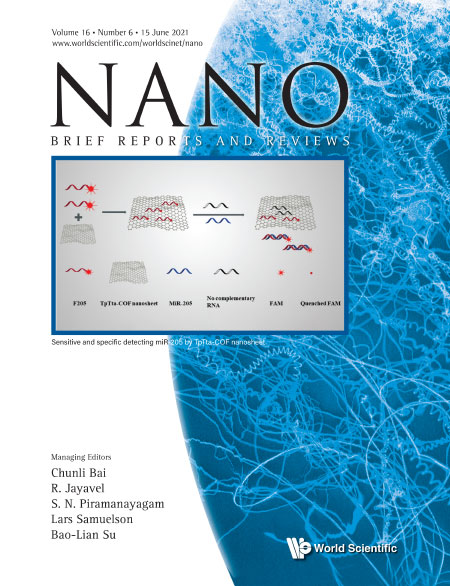Quantitative Detection of Trace Copper by Using Graphene Oxide and X-Ray Fluorescence Spectroscopy
Abstract
The X-ray fluorescence spectroscopy (XRF) has been widely applied on the analysis of elements. The traditional sample preparation needs a large sample weight and high temperature/pressure. To overcome these drawbacks, we used graphene oxide (GO) as a matrix for the carry of trace metal (copper was used as a model) and constructed a sandwich-layered GO which carried trace copper nanomembrane (SL-GO-Cu). After the optimization of filter membranes, nanomembrane composition and GO content in the bottom layer of SL-GO-Cu, the limit of detection (LOD) of SL-GO-Cu achieves 2.99 μg/g. The LOD is ca. 1/3 or 1/1923 of the traditional melt pellets of trace CuO (MPT-Cu) and tabletting pellets of trace CuO (TPT-Cu) methods, respectively. The SL-GO-Cu is independent of CuO size, but varies with different Cu compounds. Recoveries of all the SL-GO-Cu samples prepared above are higher than 94% and do not show significant difference. In summary, the SL-GO-Cu is a promising method for the efficient and economical determination of trace elements.



